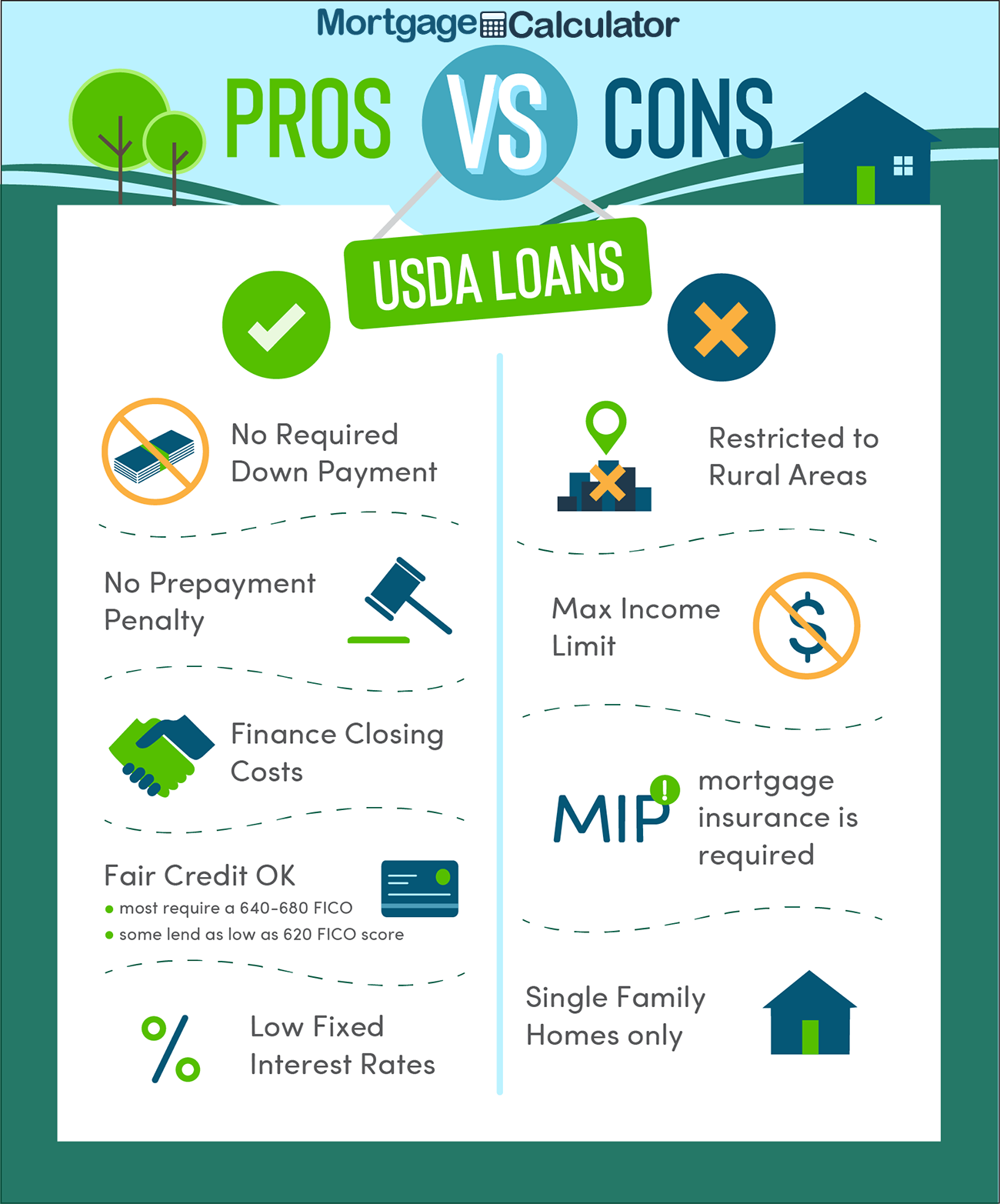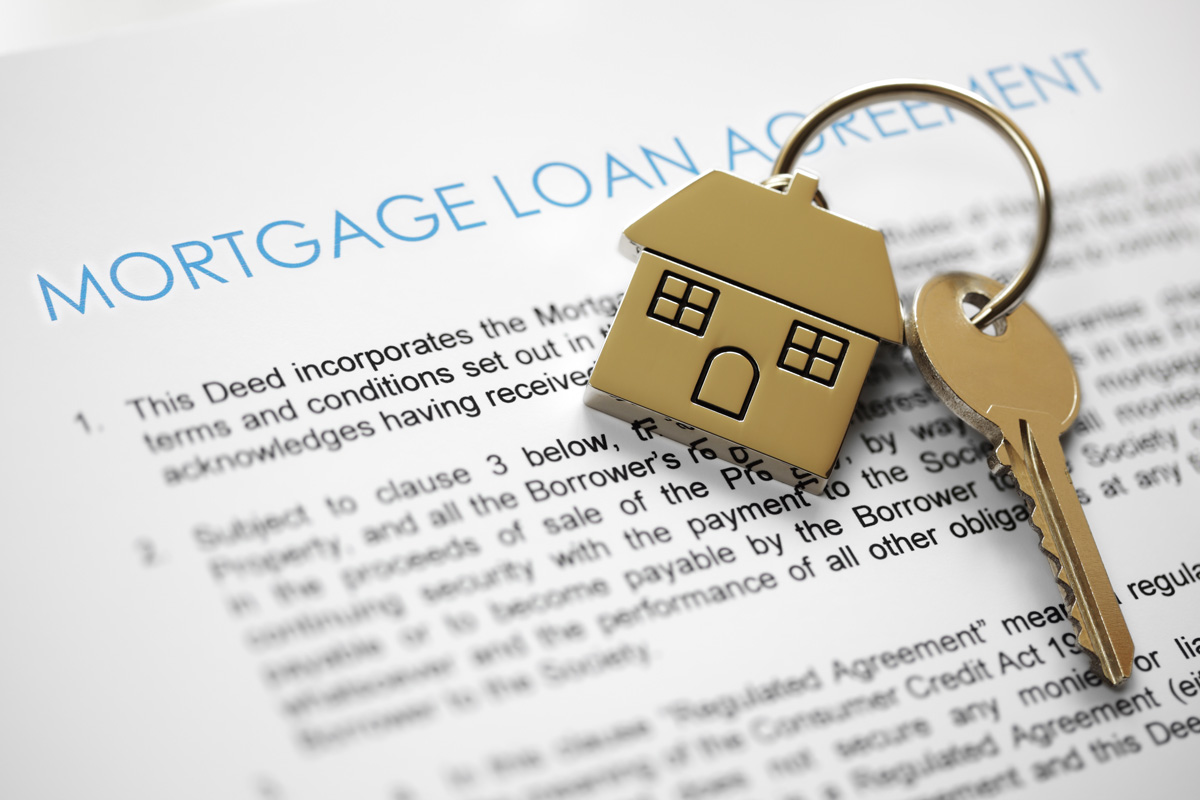Conventional Mortgage Loans: Your Overview to Standard Home Financing
Conventional Mortgage Loans: Your Overview to Standard Home Financing
Blog Article
The Crucial Variables to Consider When Deciding On In Between Fixed-Rate and Adjustable-Rate Mortgage Finances
When reviewing home mortgage alternatives, debtors face an essential choice between adjustable-rate and fixed-rate fundings, each presenting potential risks and distinctive advantages. Trick factors to consider such as rate of interest price stability, predictability in regular monthly settlements, and the effects of possible price adjustments can considerably influence long-lasting economic health and wellness.
Rates Of Interest Security
When picking a home mortgage, recognizing rate of interest rate stability is essential for educated decision-making. Passion prices can considerably influence the total price of a home loan, and recognizing the nature of these prices is important for customers.
On the other hand, variable-rate mortgages (ARMs) start with lower preliminary prices that may alter periodically based on market conditions. While this can result in reduced repayments initially, it likewise presents unpredictability, as consumers might deal with increased settlements if rate of interest climb. For those taking into consideration an ARM, it is essential to analyze the possibility of price changes, the potential for repayment rises, and the size of the preliminary fixed-rate duration.
Inevitably, the choice in between adjustable-rate and fixed-rate home mortgages hinges on private threat resistance and economic situations. Understanding interest rate stability assists borrowers make informed decisions that line up with their long-term economic goals.
Monthly Repayment Predictability
While borrowers typically prioritize rate of interest stability, the predictability of month-to-month settlements is just as important in the home mortgage option process (Conventional mortgage loans). Monthly payment predictability plays a crucial duty in budgeting and monetary planning, as it straight impacts a house owner's capital and general monetary health and wellness
Fixed-rate home mortgages use a constant regular monthly repayment throughout the life of the finance, permitting debtors to expect and intend their expenses effectively. This stability can be especially helpful for newbie buyers or those on a set earnings, as it eliminates the uncertainty related to changing repayments.
Conversely, variable-rate mortgages (ARMs) normally feature lower first repayments that can alter gradually, leading to prospective irregularity in regular monthly commitments. While originally enticing, this changability can make complex financial planning, particularly if consumers do not represent future price adjustments.
Prospective Rate Modifications
In the realm of adjustable-rate home loans (ARMs), prospective rate modifications represent a substantial element that customers have to carefully consider. Unlike fixed-rate home loans, where the passion price stays unchanged for the life of the lending, ARMs are characterized by varying rates of interest that are linked to market indices. This variability can cause considerable modifications in monthly repayments, influencing the consumer's monetary planning and budgeting.
Borrowers should be conscious of the margin and index used to calculate these changes, as they straight affect future interest prices. Additionally, ARMs commonly include caps that limit how much the interest price can raise at each change and over the life of the lending, which can provide some degree of defense against discover here extreme rate walks.
Recognizing these potential changes is essential for debtors, as they directly impact long-term payment commitments. Evaluating personal economic circumstances and take the chance of resistance is vital when determining whether an ARM aligns with one's financial goals.
Funding Term Factors To Consider
Financing term factors to consider play a pivotal role in the decision-making procedure for customers picking between adjustable-rate and fixed-rate home loans. The size of the loan term dramatically influences regular monthly payments, rate of interest, and general financial planning. Fixed-rate home loans generally offer regards to 15 to three decades, giving security in month-to-month settlements and predictability in budgeting. This can be particularly appealing for consumers that plan to remain in the very same home long-term and prefer the assurance of fixed repayments throughout the life of the finance.

Ultimately, consumers need to evaluate their personal situations, economic goals, and market problems when weighing the implications of financing term options within find more information each mortgage type.

General Cost of Borrowing
Fixed-rate home loans provide foreseeable monthly settlements, as the passion rate remains continuous throughout the car loan term. This predictability can lead to reduced total expenses, particularly in a secure or declining rate of interest price setting.
On the other hand, adjustable-rate mortgages (ARMs) usually begin with reduced preliminary prices, causing lowered in advance prices. These rates can raise after an initial duration, leading to possibly higher lasting prices. Consumers need to think about the frequency and extent of rate modifications, in addition to the total financing period, to precisely assess the financial ramifications.
Additionally, the general cost of loaning incorporates not only rates of interest however likewise costs and various other linked prices, such as shutting expenses and insurance coverage (Conventional mortgage loans). When reviewing home loan choices, customers ought to perform a complete cost analysis over the life of the loan. By doing so, they can make an enlightened choice that straightens with their economic objectives and take the chance of resistance
Conclusion
Rate of interest price security and month-to-month payment predictability are paramount for efficient budgeting, while the capacity for rate modifications in ARMs presents monetary unpredictability. Additionally, the anticipated period of homeownership and the overall price of loaning, including interest prices and linked costs, have to straighten with individual economic conditions and risk resistance.
Secret considerations such as passion price security, predictability in month-to-month settlements, and the effects of prospective price changes can dramatically influence lasting economic health. Interest prices can substantially influence the general cost of a home mortgage, and identifying the nature of these rates is important for customers. Unlike fixed-rate mortgages, where the rate of interest rate remains unchanged for the life of the car loan, ARMs are defined by fluctuating passion prices that are linked to market indices. In addition, ARMs usually include caps that restrict exactly how a lot the rate of interest rate can enhance at each change and over the life of the loan, which can provide some level of security versus drastic price walkings.
Passion browse this site price stability and monthly payment predictability are paramount for effective budgeting, while the potential for rate changes in ARMs introduces economic unpredictability.
Report this page